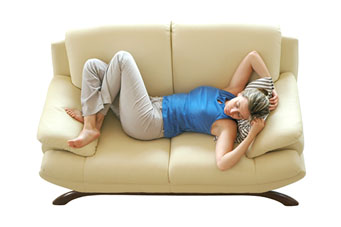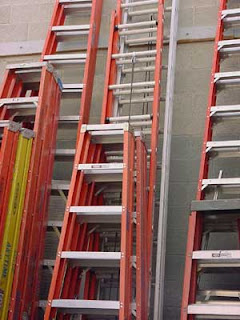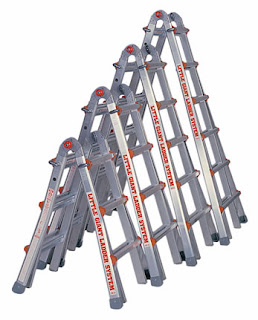Grilling season is here. And there are many people who use Propane Gas Grills to barbecue or cook their food with. Gas grills are usually the preferred grill to use if you are having a large party or gathering.
Some people prefer them to because of the many different apparatuses and uses that come with them. You can get as elaborate as you want with a gas grill. The reason being that they will generally cook at a much faster rate than a regular charcoal grill.
One reason is the instantaneous high temperature after ignition. That is precisely the reason for this article. Gas grills present a whole different ballgame to grilling because of the use of propane tanks. Let me start by giving you a bit of understanding on propane.
Propane is a hydrocarbon (C3H8) and is sometimes referred to as liquefied petroleum gas, LP-gas, or LPG. Propane is produced from both natural gas processing and crude oil refining, in roughly equal amounts from each source. Most propane used in the United States is produced domestically, with about 15 percent imported from overseas.
It is nontoxic, colorless, and virtually odorless. As with natural gas, an identifying odor is added so the gas can be readily detected. Propane is used every day by millions of Americans and people around the world.
There are many uses for propane besides grilling. Here are some of those:
There are also uses in agriculture and other commercial endeavors. However we will be dealing with your backyard gas grill. There are 10 do's and don't's to propane safety that I want to give you so that your grilling experience is a fun and safe one this season.
I don't believe these are all inclusive. You should always use common sense when dealing with dangerous gases.
Where propane tanks are concerned here are 10 Do's when handling and using it:
Those are the proper ways to handle propane tanks where your grill is concerned. Can you think of more?
And the 10 things not to do where propane tanks are concerned:
Can you think of any more here? You can never be to safe when using a gas grill!
These are a few common sense things you can think about to help you, your family and friends enjoy a safe and happy grilling season. Enjoy happy grilling!
Thanks for coming by....
Some people prefer them to because of the many different apparatuses and uses that come with them. You can get as elaborate as you want with a gas grill. The reason being that they will generally cook at a much faster rate than a regular charcoal grill.
One reason is the instantaneous high temperature after ignition. That is precisely the reason for this article. Gas grills present a whole different ballgame to grilling because of the use of propane tanks. Let me start by giving you a bit of understanding on propane.
Propane is a hydrocarbon (C3H8) and is sometimes referred to as liquefied petroleum gas, LP-gas, or LPG. Propane is produced from both natural gas processing and crude oil refining, in roughly equal amounts from each source. Most propane used in the United States is produced domestically, with about 15 percent imported from overseas.
It is nontoxic, colorless, and virtually odorless. As with natural gas, an identifying odor is added so the gas can be readily detected. Propane is used every day by millions of Americans and people around the world.
There are many uses for propane besides grilling. Here are some of those:
- For Furnaces
- Water Heaters
- Air Conditioners
- Fireplaces
There are also uses in agriculture and other commercial endeavors. However we will be dealing with your backyard gas grill. There are 10 do's and don't's to propane safety that I want to give you so that your grilling experience is a fun and safe one this season.
I don't believe these are all inclusive. You should always use common sense when dealing with dangerous gases.
Where propane tanks are concerned here are 10 Do's when handling and using it:
- Follow the grill manufacturer’s instructions and keep written materials handy.
- If the igniter no longer works, replace it in accordance with the grill manufacturer’s instructions.
- Keep the top of the grill open until you are sure the grill is lit, even if you have an electronic ignition.
- Cover disconnected hose-end fittings with plastic bags or protective caps to keep them clean when the grill is not in use.
- Store propane cylinders outdoors in an upright (vertical) position.
- If you smell gas, and it is safe to do so, turn off the cylinder valve, turning it to the right (clockwise). If you are unable to turn off the valve, immediately leave the area and dial 911 or call your local fire department. Before you use the grill again, have a qualified service technician inspect your grill and cylinder.
- Consult a qualified service technician if you are having grill or propane cylinder problems.
- Keep your grill clean to prevent flare-ups.
- Check for knots or kinks in gas hoses.
- Make sure the area around the grill is free of leaves or anything else that could ignite.
Those are the proper ways to handle propane tanks where your grill is concerned. Can you think of more?
And the 10 things not to do where propane tanks are concerned:
- Smoke cigarettes or anything while handling a propane cylinder.
- Use matches or lighters to check for propane leaks.
- Pour an accelerant such as lighter fluid or gasoline on the grill.
- Allow children to tamper with the cylinder or grill.
- Use, store, or transport propane cylinders near high temperatures (this includes storing spare cylinders near the grill).
- Transport propane cylinders in your trunk. Instead, keep in a cool place, such as an air-conditioned car. And do not smoke in your car while transporting.
- Move a lit grill.
- Leave a lit grill unattended.
- Attempt to adjust propane gas container(s) or hoses while the grill is lit.
- Grill in a covered patio or garage, even with the doors open, because gases can build up.
Can you think of any more here? You can never be to safe when using a gas grill!
These are a few common sense things you can think about to help you, your family and friends enjoy a safe and happy grilling season. Enjoy happy grilling!
Thanks for coming by....































